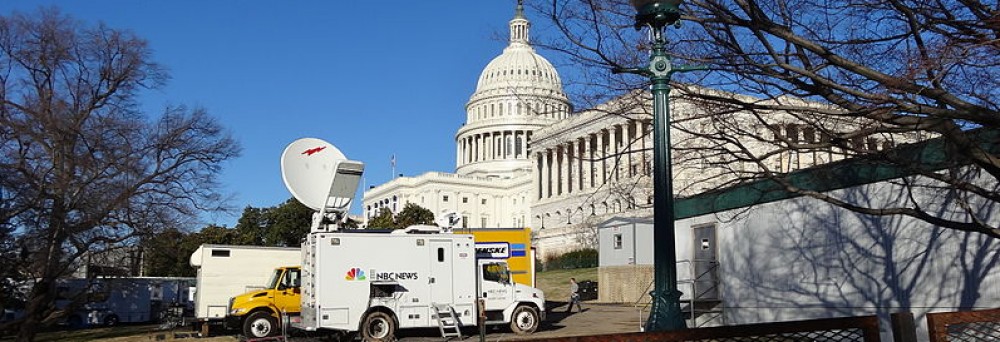By AUDREY WINKELSAS
For journalists, reporting involves deciding what is newsworthy as well as what is ethical.
Such considerations are currently up for debate surrounding the dissemination of the video of journalist James Foley’s beheading by ISIS last month. Some argue that the video should not be banned as such censorship infringes on First Amendment rights. Others see the video as too gruesome and say it only gives ISIS the publicity they so strongly desire.
The first question to be asked is, Is the story newsworthy? Since it involves human rights and terrorism it is indeed a story of public interest. Furthermore, the ISIS militant in the video gives a “message to America” explaining that Foley’s death is the result of U.S. military intervention so it is of public concern for American citizens and residents.
But is sharing the footage ethical and even necessary for telling the story?
Death is a personal experience. A devout Catholic, Foley spoke of prayer on multiple occasions. For Foley, the moments leading up to his death were likely very spiritual, which is often considered a private matter. According to the Catechism of the Catholic Church, people should be aided to “live their last moments in dignity and peace.”
The revisiting of his barbaric execution by viewers is not respecting the emphasis his faith places on having a peaceful death. And while it was most certainly an honorable death, I doubt it to be the moment by which Foley would like to be remembered.
While in the moments leading to his death Foley would not have had any expectation of privacy since he was aware of ISIS’ motivation in filming it, this cannot be used as grounds for arguing that he forfeited his right to privacy. Foley had no choice.
On Aug. 20, the day after Foley’s murder, the New York Post published a picture of Foley with the ISIS militant holding the knife blade to his throat moments before making the fatal cut. There is no question that this blatant display went much too far.
While the inclusion of such pictures on pages deep within a newspaper may be up for debate, featuring them on the front page is inexcusable. Cover pages do not give the option for viewer discretion. Just as there are laws protecting children from exposure to obscene material, should this graphic image be accessible to the eyes of young children walking to school?
Sure, a New York Post reporter didn’t film the event and therefore can’t be blamed for the act of invasion of privacy, but is a news organization’s decision to disseminate it equally at fault?
The decision of whether the material containing graphic visuals should be public comes down to deciding whether the gory footage of Foley’s death is a ‘need to know’ or a ‘want to know’ situation.
